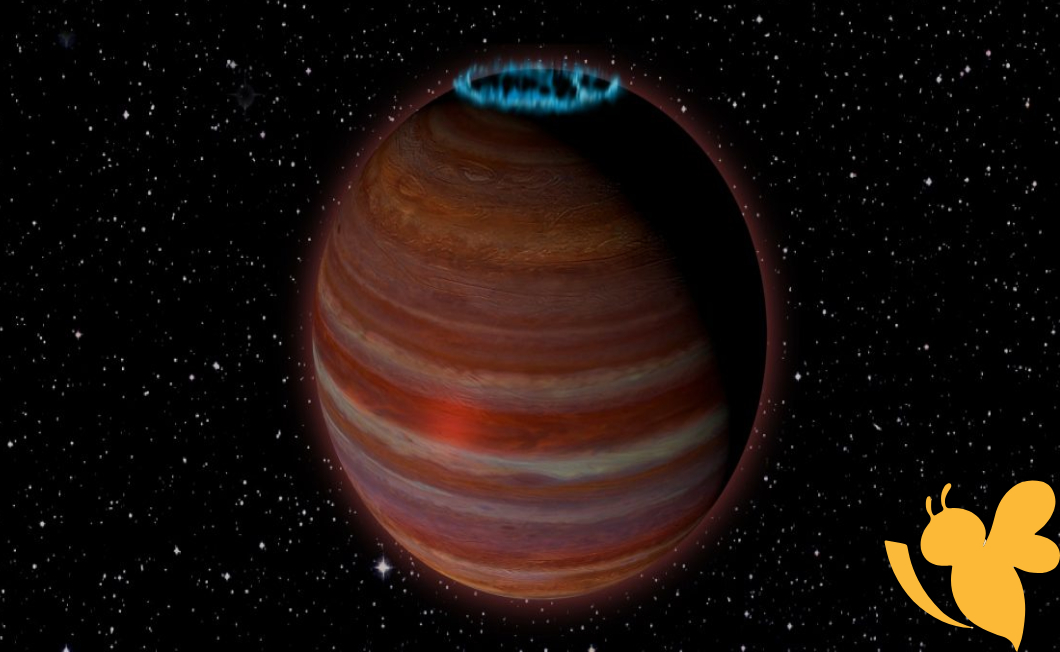The study revealed numerous planetary systems that challenge established astrophysical theories, particularly concerning their formation and orbital dynamics. One such system is 14 Herculis, located 58.4 light-years from Earth, which features an exoplanet with a highly unusual orbital pattern. This gas giant, known as 14 Herculis c, exhibits an elongated orbit that takes approximately 142.8 years to complete while maintaining a distance of 27.4 astronomical units from its star . The misalignment in this system is particularly intriguing; the orbits of two planets intersect at a striking angle resembling an 'X,' prompting researchers to explore how these celestial bodies could arrive at such a configuration.
Astronomers had observed a planetary system 60 light-years from Earth that has been characterized as “abnormal, chaotic, and strange” with the help of NASA’s James Webb Space Telescope (JWST).
The JWST’s sensitive Near-Infrared Camera, or NIRCam, imaged one of two planets known to encircle the star 14 Herculis, which is located in a distant part of the Milky Way Galaxy.
The planet was formed around four billion years ago and has a frigid atmospheric temperature of just minus 3 degrees Celsius. The exoplanet is one of the coldest captured to date.
"The colder an exoplanet, the harder it is to image, so this is a totally new regime of study that Webb has unlocked with its extreme sensitivity in the infrared," William Balmer, co-first author of the new paper and graduate student at Johns Hopkins University, was quoted as saying by NASA.
"We are now able to add to the catalog of not bring hot just , young exoplanets imaged, but older exoplanets that are far colder than we've directly seen before Webb," Balmer added.
The James Webb Space Telescope is the world’s premier space science observatory. Webb is solving mysteries in our solar system, looking beyond to distant worlds around other stars, and probing the mysterious structures and origins of our universe and our place in it. Webb is an international program led by NASA with its partners, ESA (European Space Agency) and CSA (Canadian Space Agency).
This unusual arrangement raises questions about the mechanisms driving planetary formation and stability within binary star systems. For instance, in another case involving the mini-Neptune TOI 4633 c within a binary system, scientists are perplexed by its atypical orbit alongside a sibling planet . These discoveries suggest that existing models may not adequately explain the complexities observed in some planetary systems and highlight the need for further investigation into their unique evolutionary pathways.
Read more
Experimental cholesterol pill reduces heart attack risk with a convenient daily dose Airports Under Watch: Where Measles Cases Have Been Detected
Sara H
Also on site :
- Experimental cholesterol pill reduces heart attack risk with a convenient daily dose
- Vance Boelter apprehended in assassination of DFL House leader Melissa Hortman
- Vance Boelter arrested for the assassination of DFL House leader Melissa Hortman

